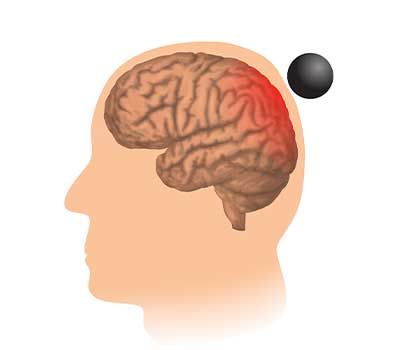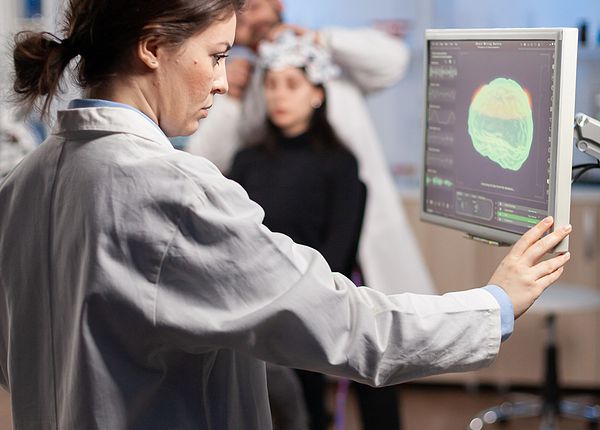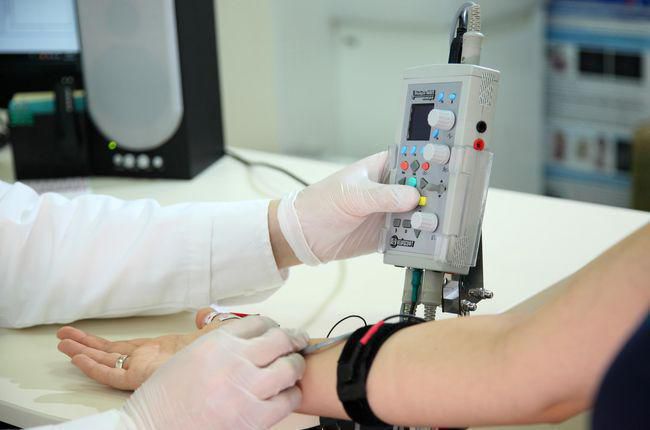Parkinson's disease
Parkinson's disease is a neurodegenerative disorder that leads to the deterioration of the brain cells, resulting in neurological symptoms. Being a progressive brain disorder, Parkinson's disease only gets worse as time passes by. The disease manifests differently for individuals making every case unique.
What causes Parkinson's disease?
Parkinson's disease is caused due to an abnormal build-up of certain protein complexes in brain cells. The build-up of such protein can lead to cell damage. In most cases, apart from a genetic cause, Parkinson's disease is caused when the brain cells don't produce enough dopamine. Exposure to harsh chemicals in the atmosphere has a significant role to play.
What are the symptoms of Parkinson's disease?
During the early stages, the body may show little or no signs of the disease. Symptoms begin to gradually show on one side of the body and spread as a whole later. A few notable symptoms are:
- Trembling of the hands, arms, legs, jaw, and face
- The stiffness of the arms, legs, and the waist
- Slowness of movement
- Poor balance and coordination
- Difficulty in walking and talking
Diagnosing Parkinson's disease
There is never one single test that can confirm the possibility of Parkinson's disease. However several clinical tests are done based on the patient's medical history and examinations.
PET Scan
The Positron Emission Tomography test (PET) helps understand cell interaction and function. By sending in a tracer element into our system, the scanner is capable of detect, assess, and understand the activity and function of the brain regions as well.
CT Scan
Computed Tomography or CT scan uses X-rays and computers to produce images of organs that include the brain. The test helps find potential possibilities for Parkinson's disease




